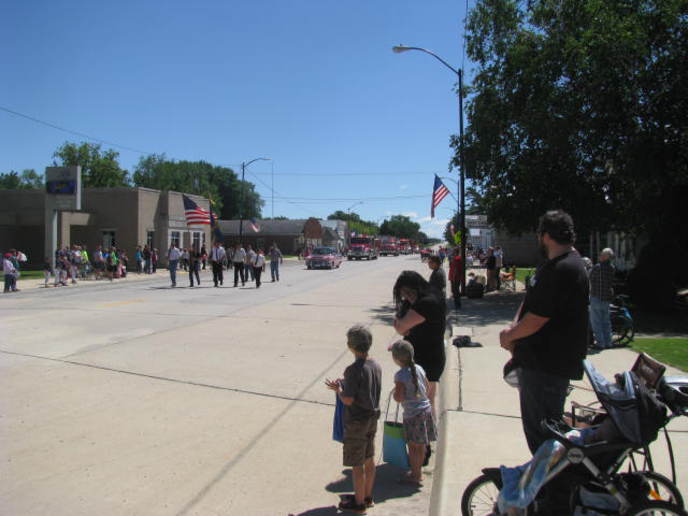Charles Krammin
Member
On this instructions for preparing a flat belt for lacing (inst #1), states for baler belt, to "remove 3/4" chevron". Is this applicable for all belts? Mine is a 4 ply, 1/4" width for power drive applications. Won't it be a stonger lace, if I left all 4 plys, or does that cause slipping or faster wear on hooks? 10"pulleys.
Also is direction of travel of belt for baler belts and one side trimming and maybe power belts, non directional, and therfor trimming on each side?
Using a "clipper R-7 Vise clamp" and about #4 hooks.
Charles Krammin SW MI

Also is direction of travel of belt for baler belts and one side trimming and maybe power belts, non directional, and therfor trimming on each side?
Using a "clipper R-7 Vise clamp" and about #4 hooks.
Charles Krammin SW MI



